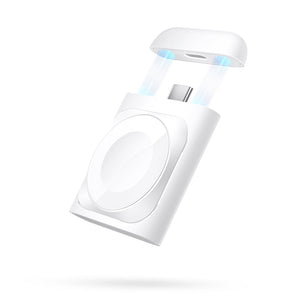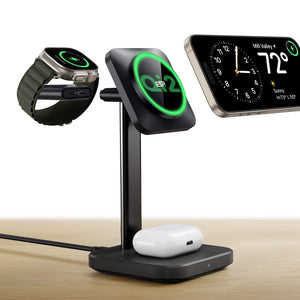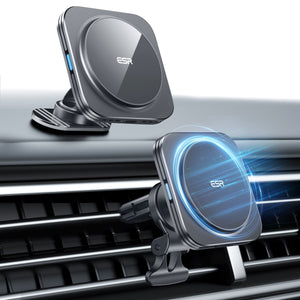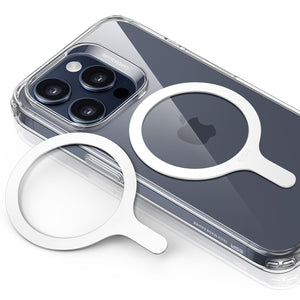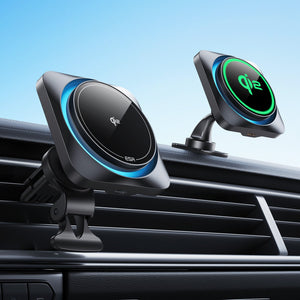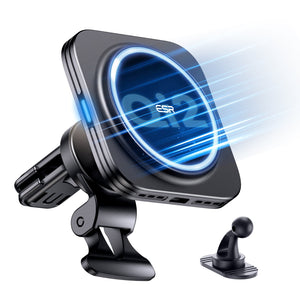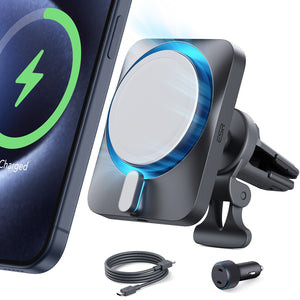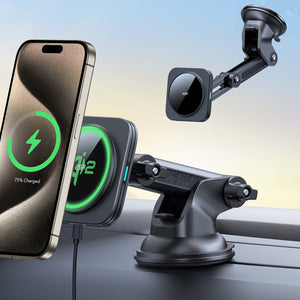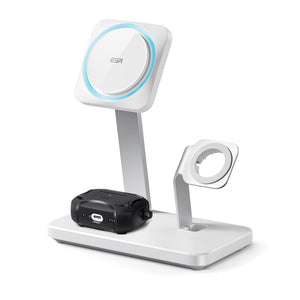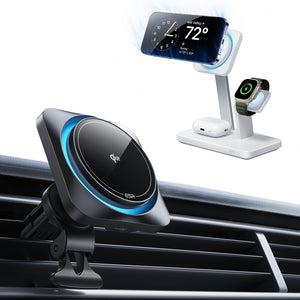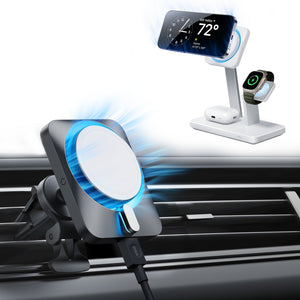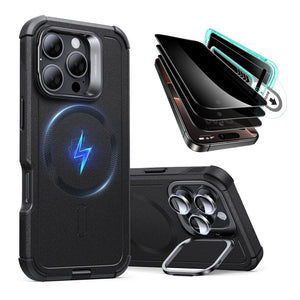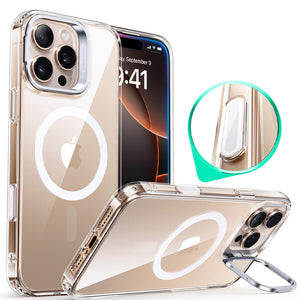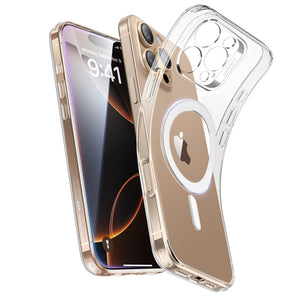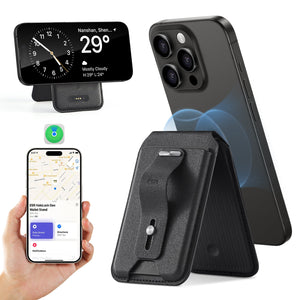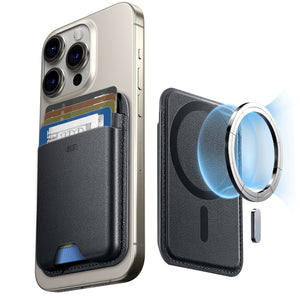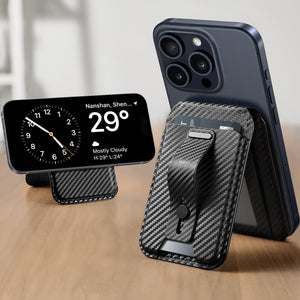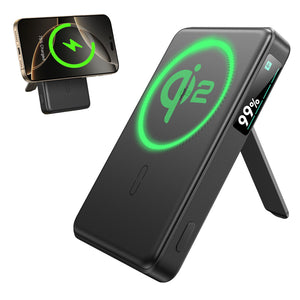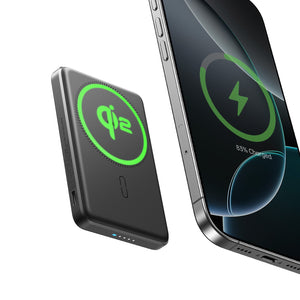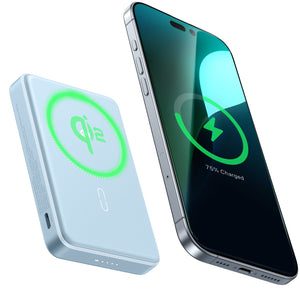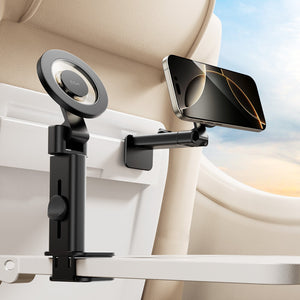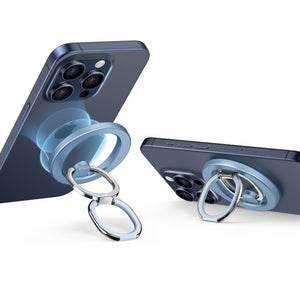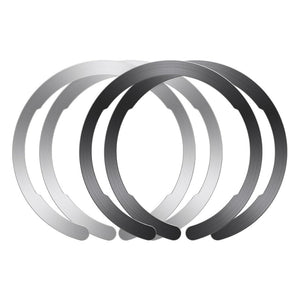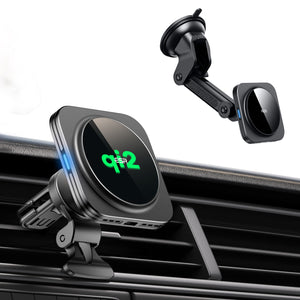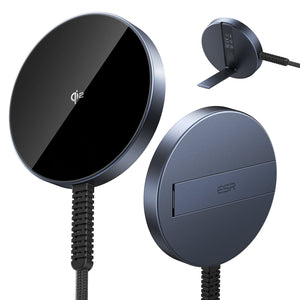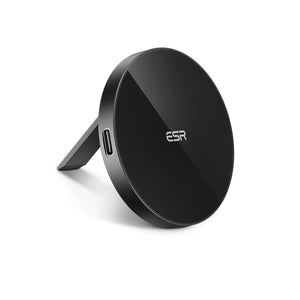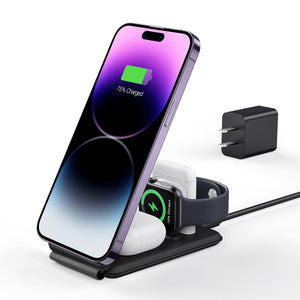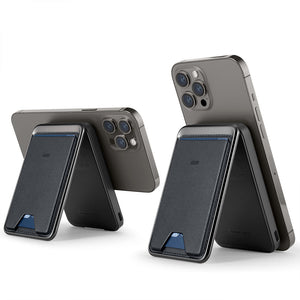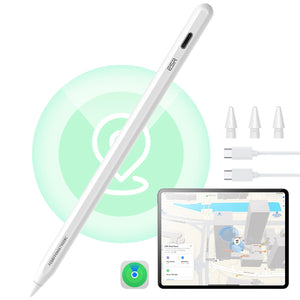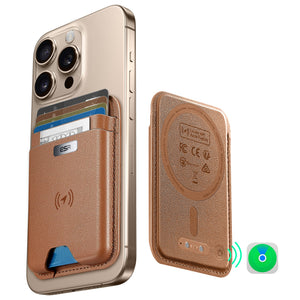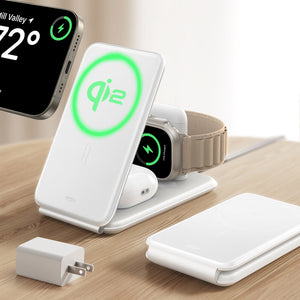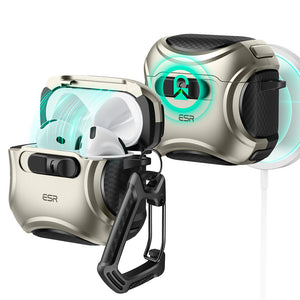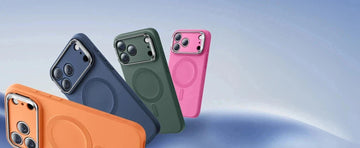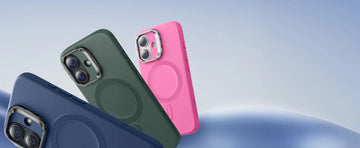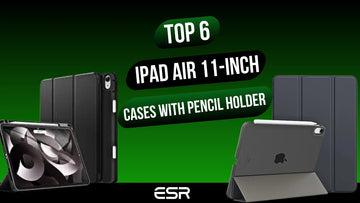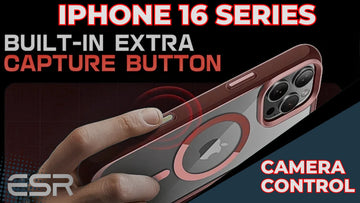Ever noticed how every wireless charger these days screams “Fast Charging,” but once you try, your phone charges slower than a snail? Yes, we are living in a world where anyone can slap a lightning bolt icon and claim it's next-gen. However, the truth is most of them don’t even follow the basic rules that make wireless charging fast. It's not just annoying but a waste of your time and money as well.
That's why the Qi2.2 certification is not just another upgrade; it's the trust badge your wireless charger deserves. Built on strict guidelines from the Wireless Power Consortium (WPC), the Qi2.2 charter will be designed for real and smarter power. Hence, in this article, we’ll break down what exactly this technology is and how it sets the new standard to fix the chaos in wireless charging.

Qi 2.20: 25W Fast Charging
Why Qi2.0 Fell Short: The Technical Bottlenecks That Led to Qi2.2
What Is Qi2.2? Breaking Down the New Wireless Standard
Inside the Upgrade: What Qi2.2 Delivers
Frequently Asked Questions: Answering Your Most Common Qi2.2 Questions
Why Qi2.0 Fell Short: The Technical Bottlenecks That Led to Qi2.2
Before we discuss the features you’ll be getting in Qi2.2, it's essential to understand the reason for this upgrade. The following section will cover the top reasons why WPC is introducing the new technology even after Qi2.0:

1. More Power: The previous technology supported up to 15W, which was a significant improvement, but still fell behind, especially as wired standards reached 45-65W. Qi2.2 intends to boost that ceiling to 25W, significantly narrowing the speed gap while maintaining the convenience of wireless power.
2. Better Safety: Despite basic improvement, Qi2.0 wireless charging still produced heat and risked damaging batteries during long sessions. The upcoming one will introduce thermal regulation to keep your device safe and cool.
3. Smarter Verification: Due to weak enforcement of authentication, accessories usually slip through. Qi2.2 tightens security with mandatory device authentication, ensuring only a tested and safe charger can deliver full power.
4. Universal Support: It was slowed by uneven support, especially from Android OEMs, leading to user confusion and a limited accessory ecosystem. Qi2.2 is backed by major players like Samsung, making it the first truly universal wireless standard for phones in-car systems and beyond.
5. Future-Proofing: This technology lacked a clear roadmap for integrating faster charging or expanded product categories like a smartwatch. It sets the foundation for more W wireless charging and automotive use, keeping the ecosystem flexible.
What Is Qi2.2? Breaking Down the New Wireless Standard
The Wireless Power Consortium (WPC) is preparing to introduce the Qi2.2 standard, an upgraded version of Qi2.0 that adds key performance enhancements. Building on the foundation laid by Qi2.0, which debuted in early 2023, it advanced wireless charging by officially enabling 25W fast charging with the Magnetic Power Profile, along with tighter safety protocols and enhanced development and compatibility.

Prior to the 15W limit, WPC Labs is currently reviewing the standard and anticipating finalizing it with a significant headline. They clarify that any product that is labeled Qi2 includes magnets and carries its distinctive logo, ensuring consumers can trust they are getting a full magnetic experience. To earn the Qi2 logo, both chargers and devices must pass rigorous testing in WPC-authorized labs, confirming safety and interoperability.
Inside the Upgrade: What Qi2.2 Delivers
So, what does Qi2.2 ring to the table? Now that we have explored why Qi2.0 wasn't enough, it's time to look at the powerful upgrades Qi2.2 delivers:

|
Feature |
Description |
|
25W Fast Wireless Charging |
Supports up to 25W certified output for faster, more reliable wireless charging |
|
Magnetic Power Profile (MPP) |
Built-in magnets ensure perfect alignment between the charger and device, resulting in less heat and increased efficiency. |
|
Backward Compatibility |
Fully compatible with Qi1.0, Qi1.2.4, and Qi2.0 devices and chargers |
|
Adaptive Power Delivery |
Dynamically adjusts power output based on the device's needs to prevent battery stress. |
|
Enhanced Thermal Control |
Improved heat management and safety sensors to reduce overheating during long charging |
|
Foreign Object Detection (FOD) |
Detect metal objects like keys or coins to prevent unsafe power transfer |
|
Strict Device Authentication |
Ensures only certified devices and chargers operate at full power, reducing counterfeits |
|
Cross-Platform Accessory Support |
Designed to work with accessories (stand, holders, mounts) across iOS and Android |
|
In-Car Wireless Charging Ready |
Magnetic design allows easier, safer wireless charging in an automotive environment. |
Frequently Asked Questions: Answering Your Most Common Qi2.2 Questions
1. Is Qi2.2 the same as MagSafe, or was it just inspired by it?
Qi2.2 is not identical to Apple MagSafe technology, but it is built in the same manner by using magnetic alignment for better coil positioning. It is an open standard developed by the Wireless Power Consortium for use across both iPhone and Android devices.
2. If I already have a wireless charger, will I need a new one for Qi2.2?
Yes, to take advantage of Qi2.2's full 25W fast charging, you'll need a certified charger with Magnetic Power Profile. That said, the new wireless technology will still work with older Qi or Qi2 power but at reduced power levels and without magnetic alignment.
3. Will Qi2.2 support wireless charging for laptops or tablets?
It is primarily optimized for smartphones, wearables, and accessories, but low-power tablets can also benefit from the new 25W ceiling. However, laptops still exceed the current power limitation of Qi2.2 and will likely require future upgrades.
Conclusion
In conclusion, wireless charging has always promised freedom, but it comes with compromises like slow charging speed or compatibility headaches. However, this guide has given you some good news as WPC is going to introduce Qi2.2, which combines 25W, magnetic precision, and cross-platform support.
So, whether you're upgrading your phone or choosing your next car charger, Qi2.2 is the standard to watch. The best part is brands like ESR are going to integrate Qi2.2 into their charging accessories to bring stability.
You may also like to read:Qi2.2 vs. Previous Standards – How It Compares to Qi2 and Apple MagSafe
